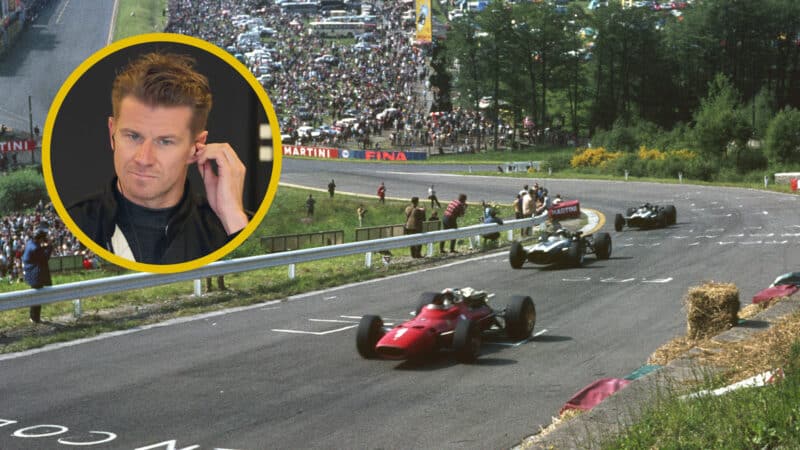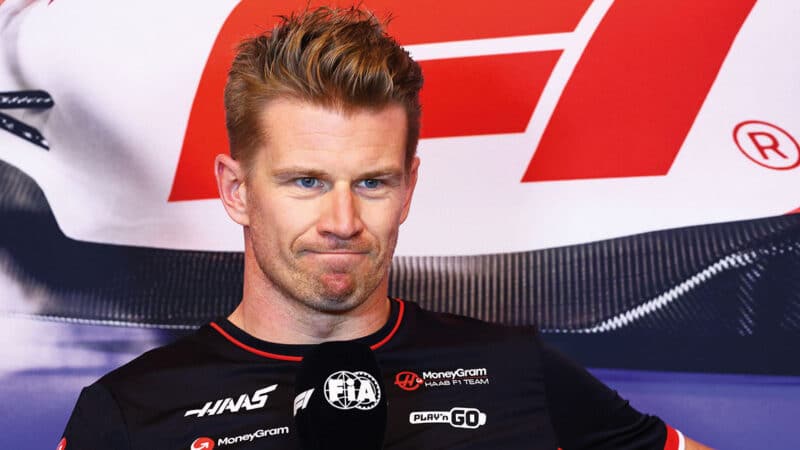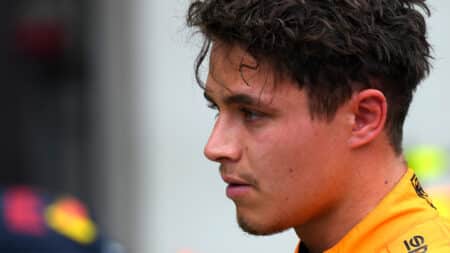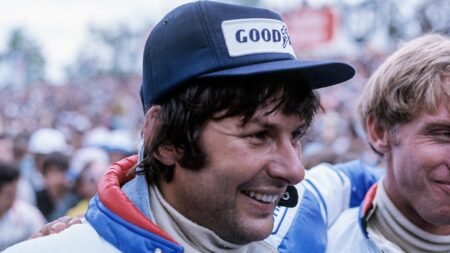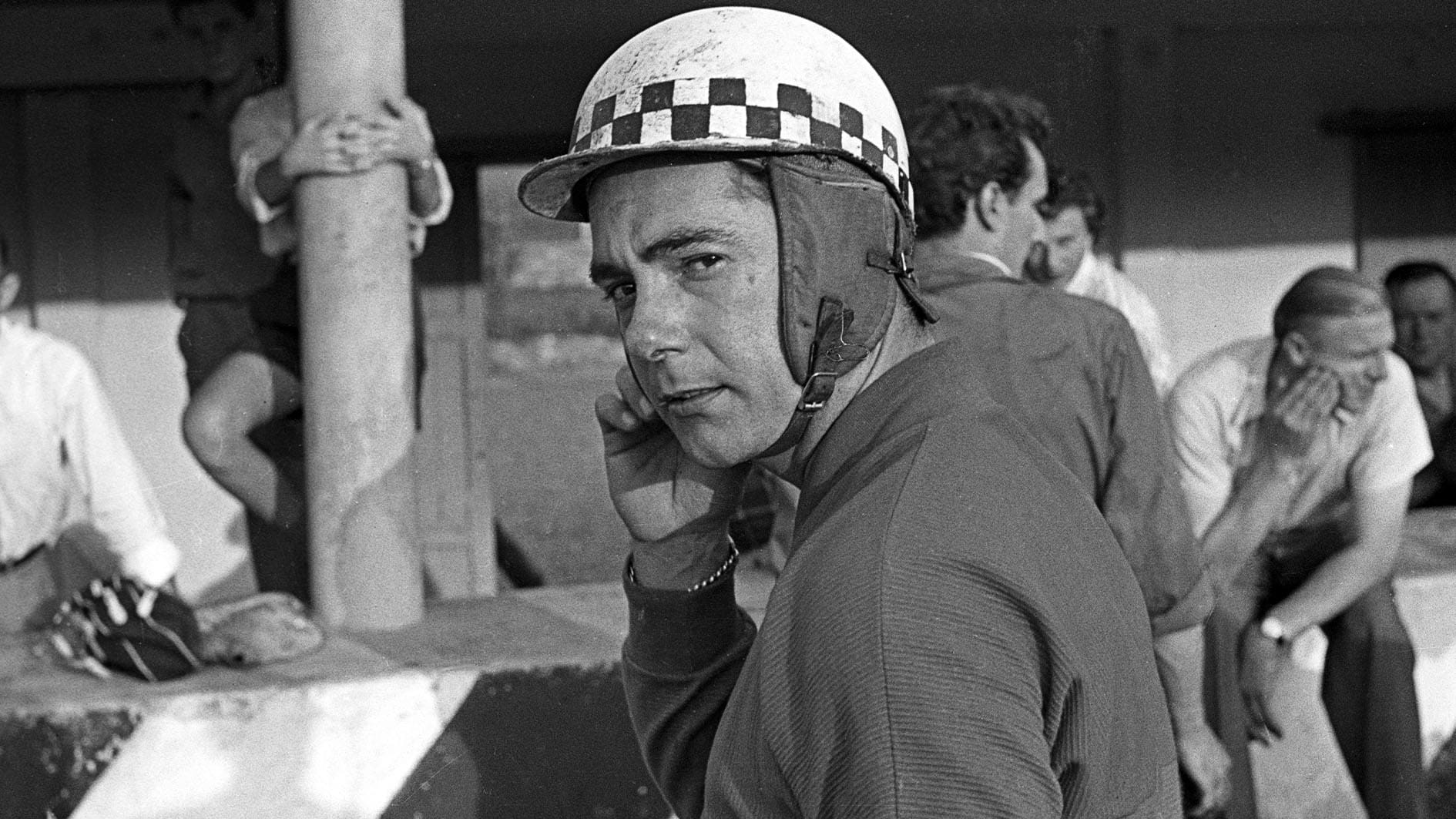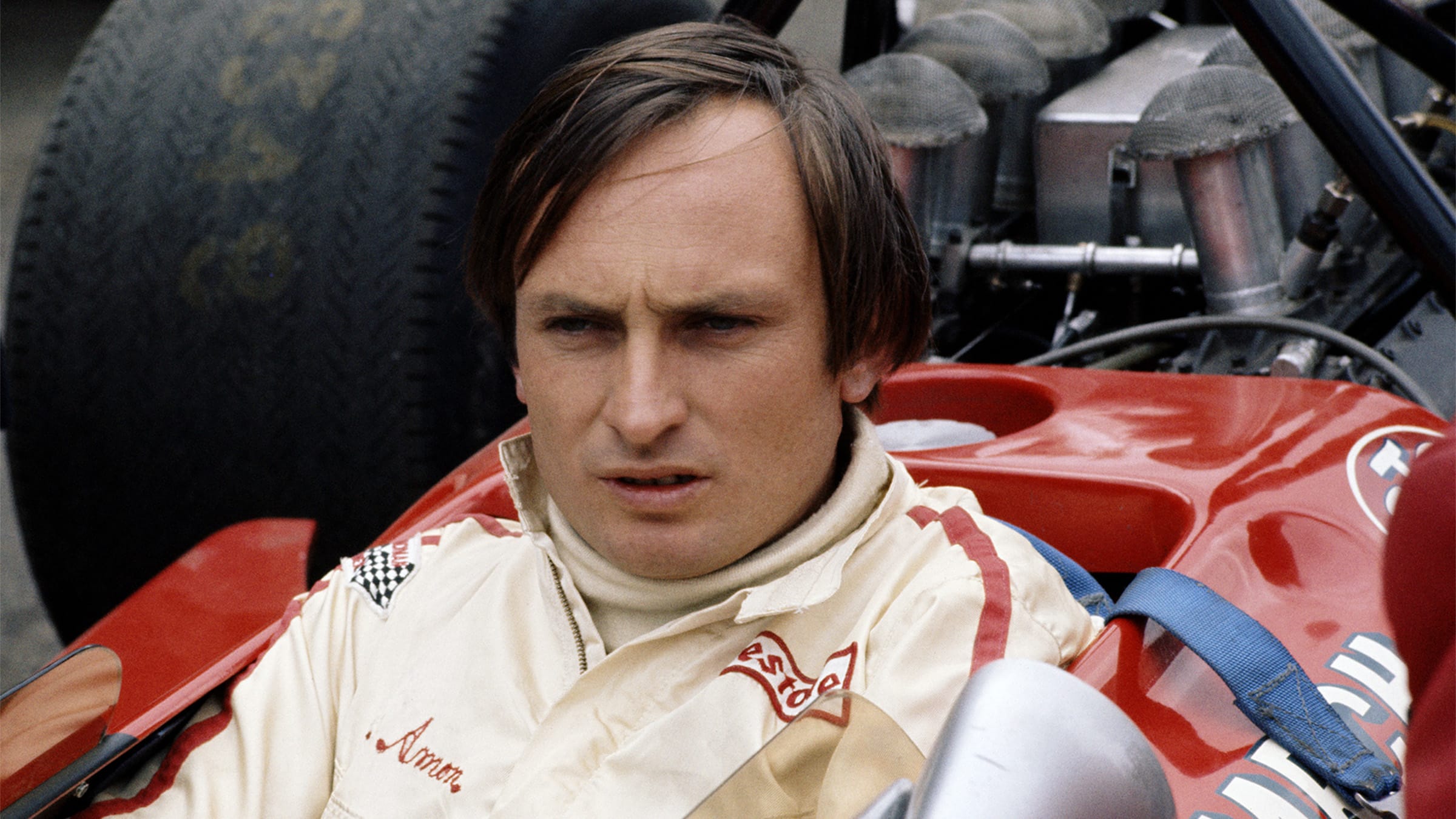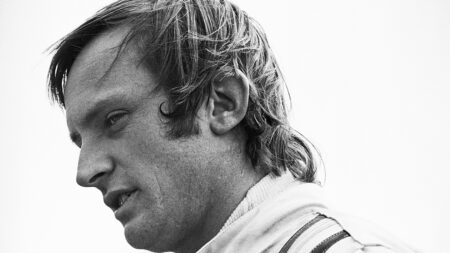That said, he has come close.
At the 2010 Brazilian Grand Prix, he grabbed pole in the wet for Williams — although a slow start cost him the lead as the field piled into Turn 1.
Hülkenberg was in similarly brilliant form at the same race two years later and stormed through the field from seventh to lead amid ever-changing conditions. He remained at the front of the pack for 30 laps, until a half spin saw him passed by Lewis Hamilton. Hülkenberg gave chase but mistimed an overtake and slammed into the side of the leading McLaren. He received a drive-through penalty and later finished fifth.
Further chances for podiums followed in Belgium (2016), Azerbaijan (2017) and Germany (2019) but for the vast majority of his career, Hülkenberg’s prospects of victory have been bleak due to him being sat in mediocre machinery.
Moving to a struggling Sauber outfit for 2025 is unlikely to improve the German’s odds of reaching the top step, He’ll be hoping that it’s more competitive when it transforms into the Audi team in 2026.
4. Ivan Capelli — 46 laps
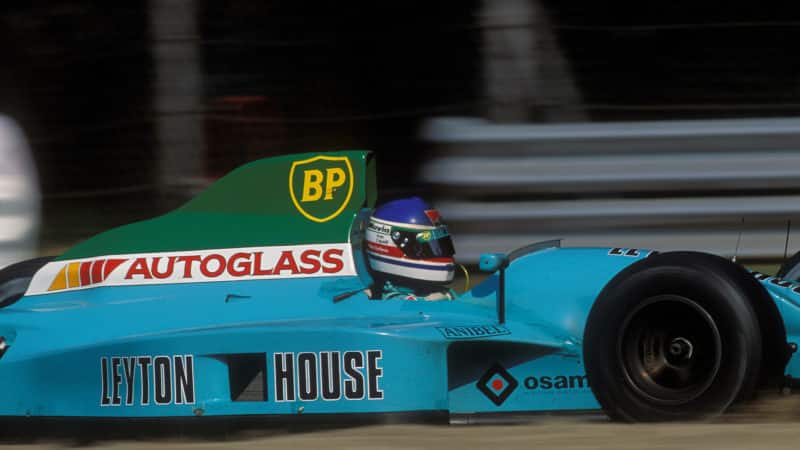
Capelli in the 1990 Italian GP.
Grand Prix Photo
Between 1985 and 1993, Ivan Capelli entered 98 world championship grands prix. He was forced to retire from 67 of them, yet still found a way to be relatively competitive in an era dominated by Alain Prost, Nelson Piquet, Ayrton Senna and Nigel Mansell — who all secured drivers’ world titles and won 81.25% of all races on offer.
Capelli led for a grand total of just 46 laps across his nine year F1 career, 45 of which came at 1990 French Grand Prix — a race the Italian should have won.
From seventh on the grid, Capelli rose through the field to lead by the halfway mark aboard an Adrian Newey-designed Leyton House CG901. He continued to maintain his advantage over Prost’s Ferrari and Senna’s McLaren as the lap counter climbed, but with just five to go, engine trouble saw Capelli slow.
Prost passed and inherited the victory, while Capelli was made to settle for second. Three further disappointing years followed, before the Italian hung up his helmet in 1994.
3. Jean-Pierre Jarier — 79 laps
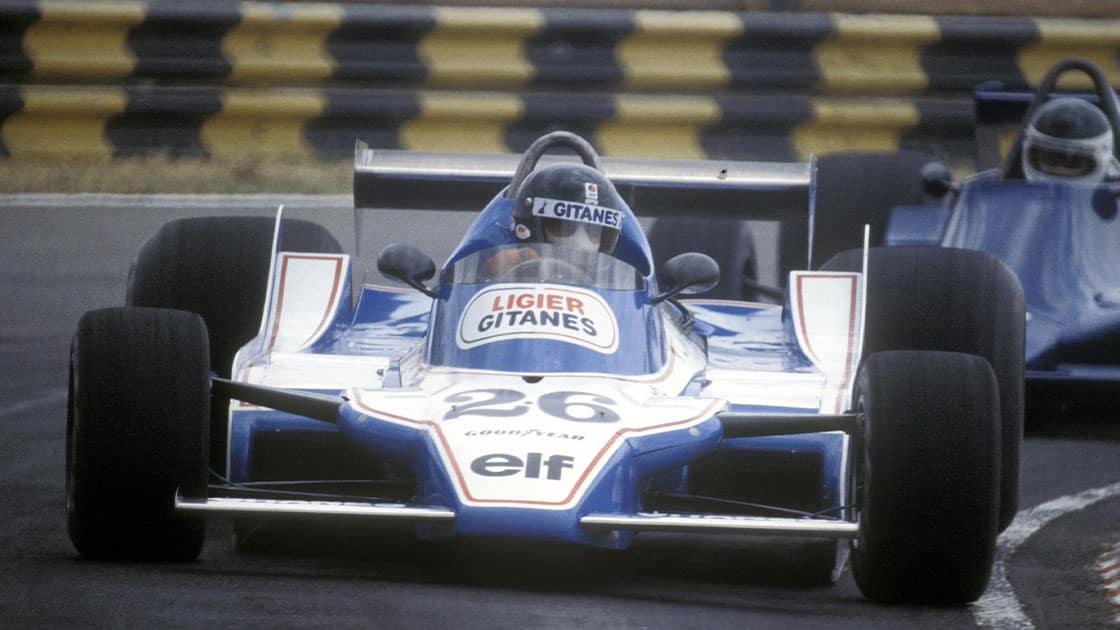
Jean-Pierre Jarier could have been a drivers’ title contender — but he should have been a race winner
Grand Prix Photo
In the words of Motor Sport‘s Simon Arron, Jean-Pierre Jarier was a driver “blessed with potential” but — in Formula 1, at least — the stars never quite correctly aligned.
The Frenchman contended 147 F1 grands prix between 1971 and 1983, in which he scored 31.5 points, set three fastest laps and secured three podium finishes. He also led the field for a combined total of 79 laps over three grands prix, but his dreadful misfortune ultimately kept him from the top step – and out of possible title contention too.
